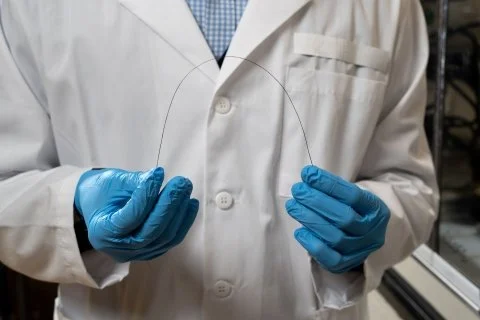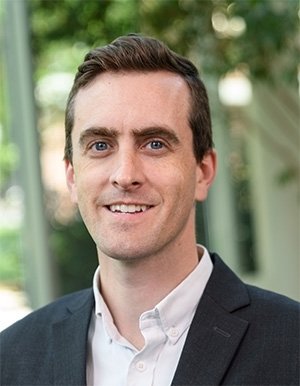Georgia Tech Engineers Develop Carbon Membranes Enabling Efficient Removal and Concentration of Organic Molecules from Water
See orginal article written by Brad Dixon here: https://www.chbe.gatech.edu/news/2023/06/georgia-tech-engineers-develop-carbon-membranes-enabling-efficient-removal-and
The need to remove organic contaminants from surface waters continues to grow due to an increasing influx from industrial, municipal, and agricultural sources. But these contaminants are challenging to remove outside of thermally driven separation processes, such as distilling or drying, which consume significant amounts of energy.
However, researchers in Georgia Tech’s School of Chemical and Biomolecular Engineering (ChBE) have developed rigid, carbon membranes that effectively remove and concentrate small organic molecules (such as solvents) from water, based on the affinity between the organic species and carbon membrane.
Surprising Findings
Published in Proceedings of the National Academy of Sciences, this discovery challenges conventional understanding, said ChBE Professor Ryan Lively. That’s because the new carbon membranes enable the permeation, rather than rejection, of organic molecules from aqueous mixtures, leading to their higher concentration in the membrane permeate compared to the membrane feed.
Traditionally, most membranes are designed to selectively permeate clean water while creating a highly concentrated organic waste stream that requires additional treatment. However, the unique behavior of these carbon membranes derived from a polymer of intrinsic microporosity developed by the Georgia Tech team has the unexpected ability to allow the enhanced passage of organic molecules relative to that of water molecules.
"This observation was unexpected and puzzling for several months, and we were highly skeptical of these findings," explained lead-author Haley White (ChBE PhD 2022). “According to conventional diffusion equations, this permeation of organic molecules should not have been possible.”
To unravel this mystery, the team applied an analysis developed by Professor William Koros (a co-author on this study) in a paper published in AIChE journal in 2005 (“Sorp-Vection; An Unusual Membrane-Based Separation”). Using this analysis, which accounts for the coupling of water and organic permeation, the Georgia Tech team successfully reconciled their puzzling observations. This breakthrough provides a promising pathway for the intentional design of membranes capable of facilitating this "uphill" permeation process, White said.
Wide-ranging Applications
According to the researchers, the potential applications for these membranes are wide-ranging, with particular relevance in biorefineries where valuable organic species are often highly dilute in aqueous media.
By concentrating these organic molecules efficiently, the newly developed carbon membranes could significantly enhance the productivity and sustainability of biorefinery processes through the reduction of thermal energy required in other downstream purification processes, such as distillation or evaporation.
"We are excited about the implications of this research for biorefinery applications and beyond," said Lively, who directed the research. "Our findings offer a potential solution for concentrating valuable organic species that are typically present in low concentrations in water-based feeds. This could have profound implications for the production of biofuels, pharmaceuticals, and other high-value chemicals."
He added that the research not only expands understanding of membrane behavior when rigid membrane materials are employed, but also presents a new avenue for the development of advanced separation technologies.
This work was sponsored by the United States Department of Energy, Basic Energy Sciences (DE-SC0019182).
CITATION: Haley D. White, Young Hee Yoon, Yi Ren, Conrad J. Roos, Yuxiang Wang, William J. Koros, and Ryan P. Lively, “Selective Permeation “Up” a Chemical Potential Gradient to Enable an Unusual Solvent Purification Modality, PNAS, June 2023 https://www.pnas.org/doi/10.1073/pnas.2220127120




